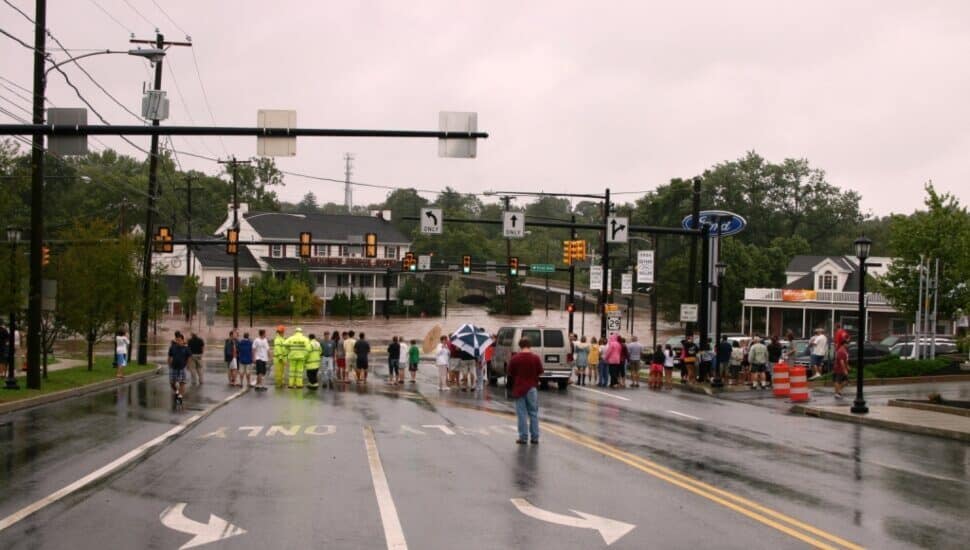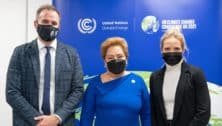New York Times Identifies the Best and Worst Montgomery County Communities for Climate Change

A New York Times story by Nadja Popovich, Mira Rojanasakul,and Brad Plumer reveals the impact that U.S. households have on climate change.
The data show a surprising flip of expected outcomes. Neighborhoods close to city centers tend to be responsible for fewer planet-harming greenhouse gasses (on average) than homes in more rural areas.
Residents in suburbs like those nestled in Philadelphia’s shadow tend to drive less (their employment and shopping access are close by, perhaps even walkable), and their smaller homes use less energy to heat and cool.
The geographic rings further away from these shoulder communities tend to generate more pollution: The homes are bigger, costlier to regulate temperature-wise, are filled with more emission-producing consumer goods, and are owned by residents who travel more by car and plane.
The NYT analysis of Montgomery County is based on research from the University of California, Berkeley.
It estimates the impact of “consumption-based emissions,” those related to transportation, housing, services, food, and goods that contribute to climate change.
The Montgomery County Communities whose analysis yielded an emissions footprint that is much higher than average are:
- Gladwyne
- Lederach (Lower Salford Township)
- Maple Glen
- Montgomeryville
- Narberth
- Skippack
- Villanova
Those with an emission footprint less than the national midpoint are:
- King of Prussia
- Norristown
More on the community-by-community assessment of climate change is at The New York Times.
Stay Connected, Stay Informed
Subscribe for great stories in your community!
"*" indicates required fields









![95000-1023_ACJ_BannerAd[1]](https://montco.today/wp-content/uploads/sites/2/2023/03/95000-1023_ACJ_BannerAd1.jpg)










![ForAll_Digital-Ad_Dan_1940x300[59]](https://montco.today/wp-content/uploads/sites/2/2022/06/ForAll_Digital-Ad_Dan_1940x30059.jpg)






















